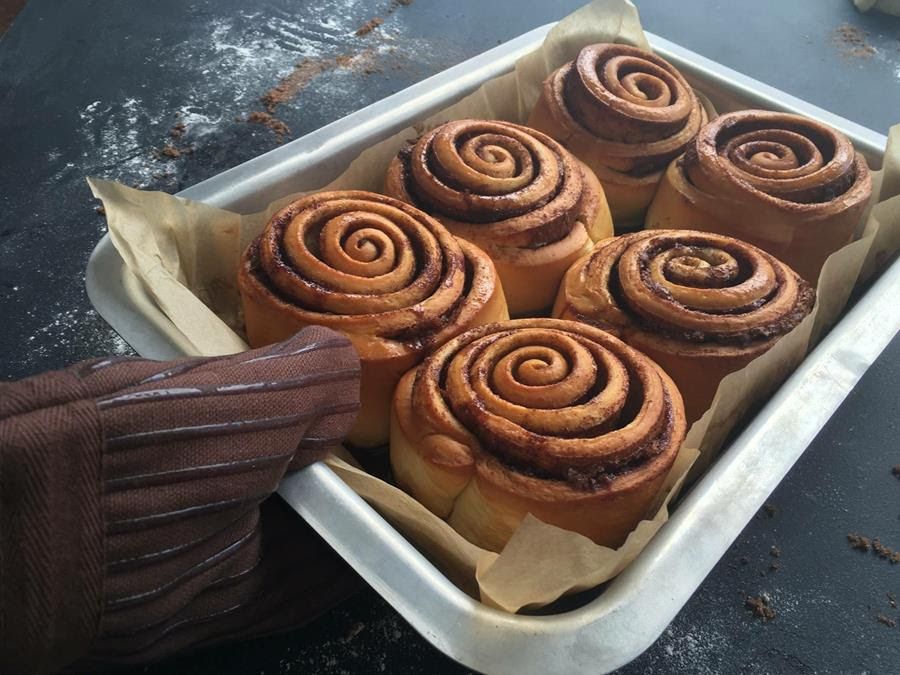
The franchisor for incoming US bakery chain, Cinnabon has unveiled an ambitious target for the fresh scroll franchise.
Earlier this year, Inside Franchise Business revealed that Queensland Carl’s Jr. franchisee The Bansal Group had secured the Australian rights to the US bakery giant. Now, director Gaurav Bansal is embarking on a mission that would see 50 new Cinnabons open across Australia.
“We’ll open two stores this year and we’ll franchisee more in other states, but the plan is to have 50 Cinnabons in five years,” Bansal told Inside Franchise Business.
The multi-brand franchise specialist has reason to believe the venture will work. In just under two years, The Bansal Group has taken its Carl’s Jr. empire from one store to seven greenfield locations.
Bansal said the biggest challenge in the early days was finding the right locations and getting landlords on-side.
“No one trusts the brand; you don’t have the history so it’s very hard to convince someone that the brand will work.”
It’s an issue The Bansal Group is unlikely to face with Cinnabon. Experience bringing an international chain Down Under, coupled with an enormous response from the local community has built interest in the Cinnabon brand.
“We knew there would be a strong market for Cinnabon in Australia, but we’re already amazed by the fan base around the country begging us to open in their city,” Bansal said.
The Cinnabon model
Bansal said that while the café and bakery franchise landscape was congested at present, Cinnabon offered a differentiation in product and a recognised global branding.
“We have a lot of muffin brands and doughnut brands in Australia, but there’s nothing like a QSR (Quick Service Restaurant) bakery product that produces hot scrolls every 30 minutes,” he said.
Where the Cinnabon Australia roll-out will differ from the Carl’s Jr. venture is through the model.
Unlike the greenfield focus that the group had employed with the burger brand, Cinnabon lends itself well to the kiosk, food court and café scene.
While exorbitant food court and kiosk leasing costs have been discussed heavily over the last 18 months, Bansal believes the low cost of goods sold (COGS) model will allow Cinnabon franchisees to thrive.
“Cost of goods for a scroll is sitting around 20 per cent, so it will be a high margin model, as compared to other QSR brands where your sales are high, but your cost of goods is also high,” he says.
“The only brands that can survive in Australia right now are ones where the cost of goods sold is less than 28 per cent. This is because the wages here are still sitting at 30 per cent, not including super and other expenses.”
The director said the 50 store target was an ambitious one, but one that came in direct response to the booming cultural interest.
“There’s a gap in the Australian market for an indulgence brand where Cinnabon sits,” he said. “It’s a brand to look forward to for the Australian market and we are really hoping to do well in the future.”
The first two Cinnabon locations are set to open in Queensland before the end of the year.

